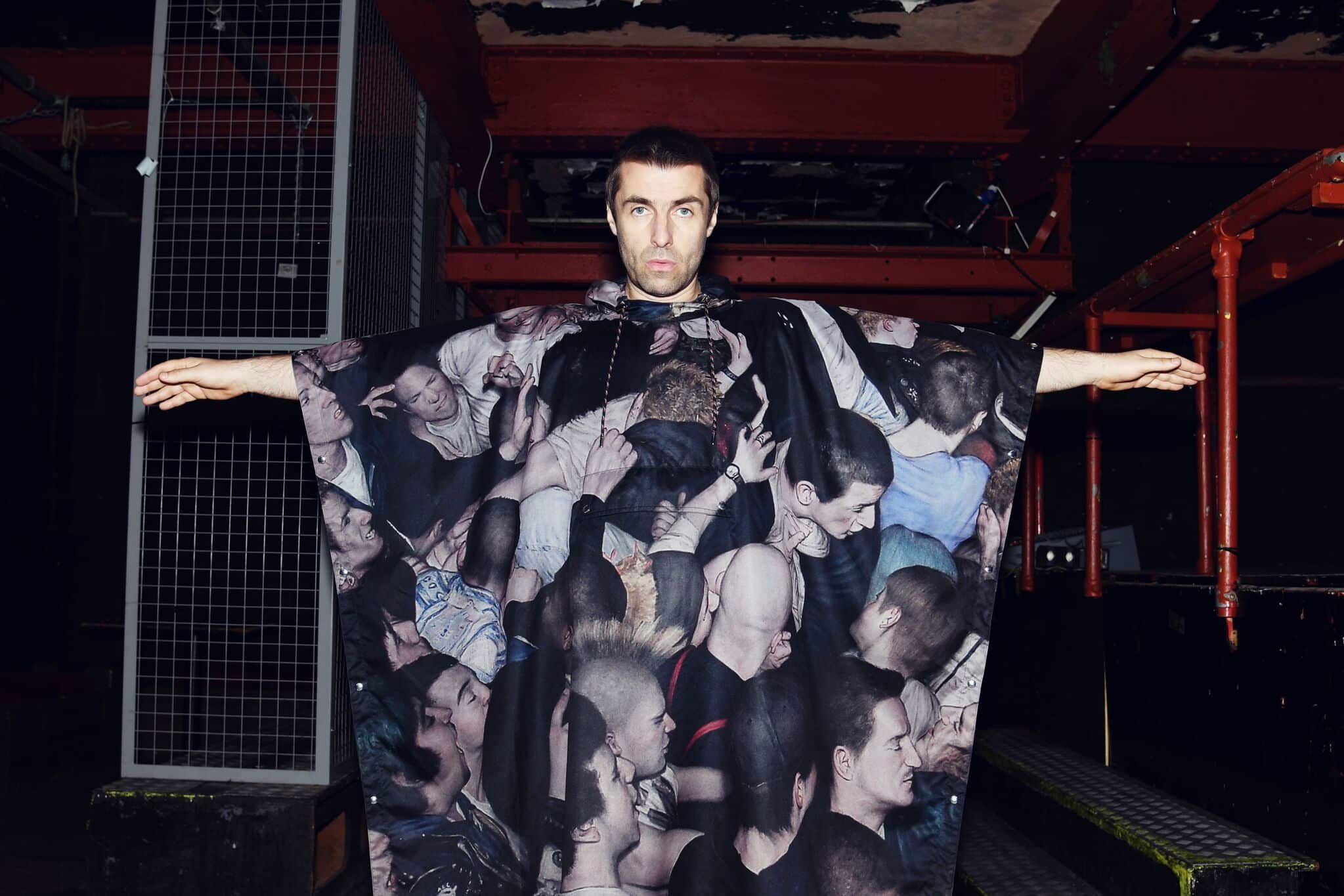There are rock stars, and there’s Liam Gallagher. He’s in a league of his own, even when he’s just making a cup of tea backstage. But how do you photograph an icon? He’s the singular voice that inspired teens around the world to pick up their first acoustic guitar and pluck “Wonderwall.” And also the voice that’s quick with a tasty insult—on his press tour for his newly released solo album As You Were, he dismissed the entire ocean with, “…fuck the sea. I ain’t going in that. Fuck that, mate. That ain’t meant for us. That’s meant for the sharks, and the jellyfish, tadpoles and stuff.” And that’s nothing compared to the digs he’s made toward his brother since Oasis split up.
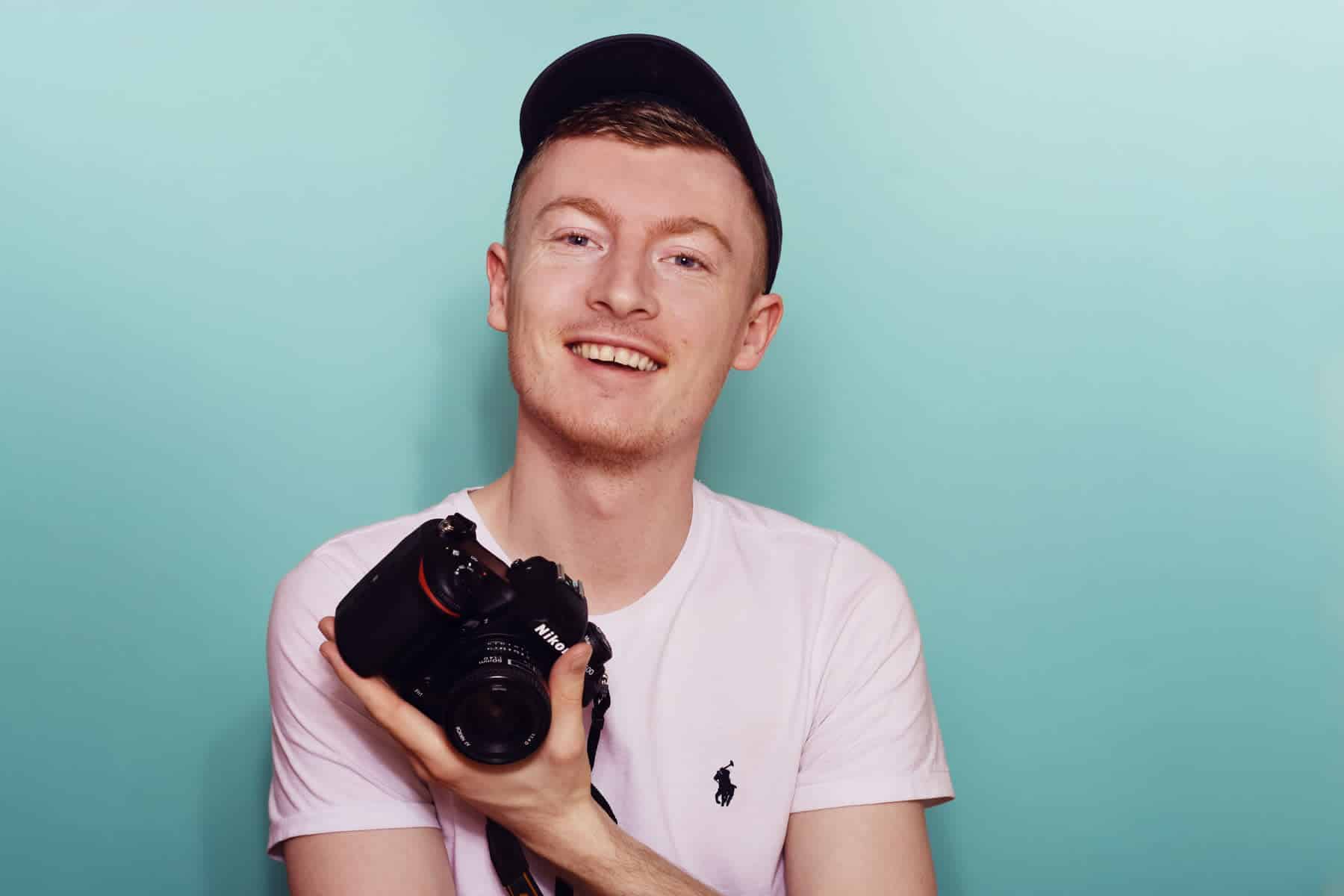
When photographer Jack Alexander told us that he was shooting Gallagher for Fault Magazine, we were a bit scared for him. There are always challenges when you’re shooting a celebrity, from meddling publicists to restrictive guardrails, plus you have to find a new way to shoot someone who’s well documented. Gallagher, for example, has been in front of cameras since the early 90s and likely has more on-set hours than 26-year-old Alexander.
But Alexander hustled for this gig, and his talent is showcased in the images he captured of Gallagher. The London-based portrait photographer has an impressive portfolio that includes Katy Perry, DMAs, Ed Sheeran, Ariana Grande and Charli XCX, among others. His ultra clean and sharp pictures mix editorial with photojournalism—plus, something about his work seems undeniably British, as if he could shoot the next Burberry campaign.
We called up Alexander to hear more about his experience photographing Liam Gallagher and got some great advice that can be applied to almost any celebrity shoot. We also found out what music Gallagher wanted to listen to, and how he feels about wearing capes.
1. Build your credibility and contacts
“When I moved to London, I started reaching out to people on Twitter. I didn’t really understand the industry and how it all worked—I just figured Twitter was a direct way to connect with people. I contacted musicians that everyone knows, but maybe haven’t done anything for awhile. My aim was just to get some names that I could then use to email magazines and say, ‘Hey, listen, I shot this person and that person, and I’m looking to expand.’
“I also went to the magazine section in one of the big department stores, and made notes about the editorial teams. I got those people’s contact information and just fired out emails, hoping that somebody would take me on. From there, I started working on my first magazine, and quickly found that the industry in London was actually really small. The important people that you meet on set—stylists, makeup artists, people like that—they’ll help you land more jobs, if you’re good to work with.
“That’s how we booked Liam Gallagher—I’d worked with his PR reps before. They look after the DMAs, who I photographed, and have stayed in touch. I felt comfortable enough to pitch them the idea of putting Gallagher on the cover of Fault, and luckily they were keen.”
2. Catch the vibe
“Celebrities spend a lot of time working on their image, and if you’re doing a press shoot, it needs to be on brand. With Liam, for example, he’s very rock ‘n’ roll. He doesn’t want to do happy, smiley stuff. It has to be very Liam.
“If it’s an editorial magazine shoot, you can get a bit more creative—dress the musician in something they wouldn’t normally wear. We always put together a mood board for the musician’s team to review. That way, they have the chance to say, ‘We’re not sure about this,’ or ask for specific images of the clothing.”
3. Find a location
“I usually do photo shoots at hotels with really nice suites, but this time I wanted something a little bit less clean, and with more of an edge. I pulled reference images together, the type of place I wanted to use and the types of shots I wanted to shoot. It was clear that I needed an industrial setting, a warehouse, so we found a place in London that’s several floors high and booked it.”
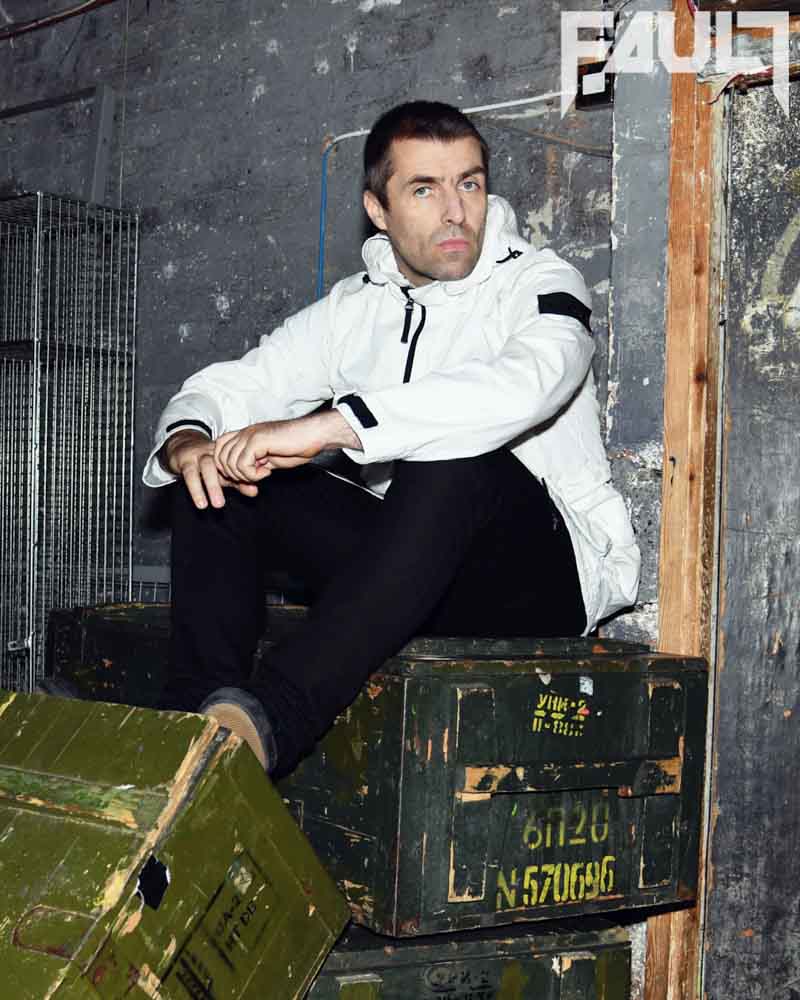
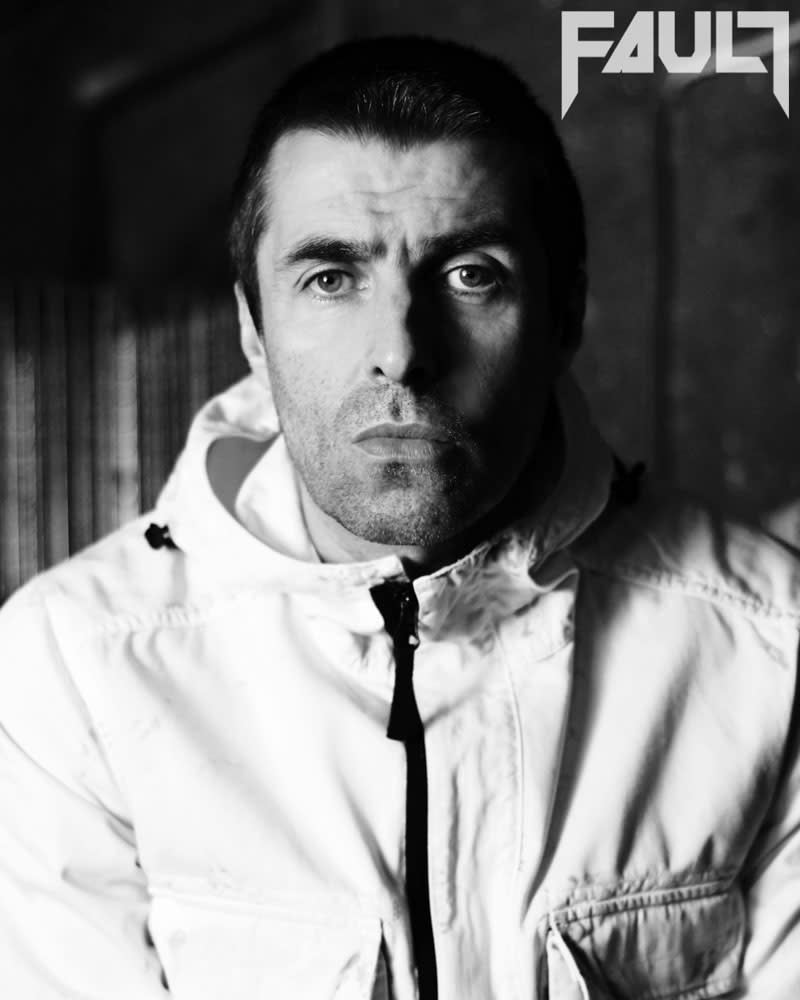
4. It’s ok to ask for what you want
“He was actually really nice, really friendly. He shook everyone’s hand on set, just very easy and open and approachable. He was fine with everything I asked of him. He said he wasn’t much of a smiler, but everything else was fine.
“In one of the shots, he’s wearing a cape, a massive, oversized Dior cape, and I told him I needed a bit more movement and energy. He was up for it, he was into the cape, and started suggesting shots saying, ‘Why don’t we try this? This’ll look cool. What about over here?’ It was great and we wrapped in an hour and a half, which is pretty quick considering we had eight looks.”
5. Be a friend, not a fan
“A lot of my energy goes into the preparation. I always try to do research about the person that I’m working with. If it’s a musician, I’ll listen to their music, if I don’t know it already, or if it’s an actor, I’ll try and watch something that they’ve been in. If you show that you have an interest in what you’re doing, and you’re not just there because you’re being paid to be there, or because you’re going to get the glory of photographing them, it makes a difference in the end product.
“Celebrities will open up a little bit more if you treat them as a friend, rather than behaving like a fan. You can see in their face that they’re more comfortable, and that’s when you start to get the shots, I think.”
6. Let him choose the music
“If you can play music, that always helps. I normally get my subject to choose the music because it’ll help them ease up a little bit. Liam requested the Rolling Stones; that was the soundtrack for our shoot.”
Put it on your portfolio
“It’s so easy for things to get lost on social media, or it becomes more about you than the work. You need a place where people can clearly see the pictures. When you’re building your portfolio, you’re not focused on how many likes an image from followers. Social media doesn’t always determine if an image is portfolio-worthy.
“I just think it’s the basic minimum requirement to have a website where people can see what you’re all about. I don’t think social media replaces it. I think social media should be an extension of your website. Considering how affordable most websites are these days, there’s not really an excuse to not have one.”
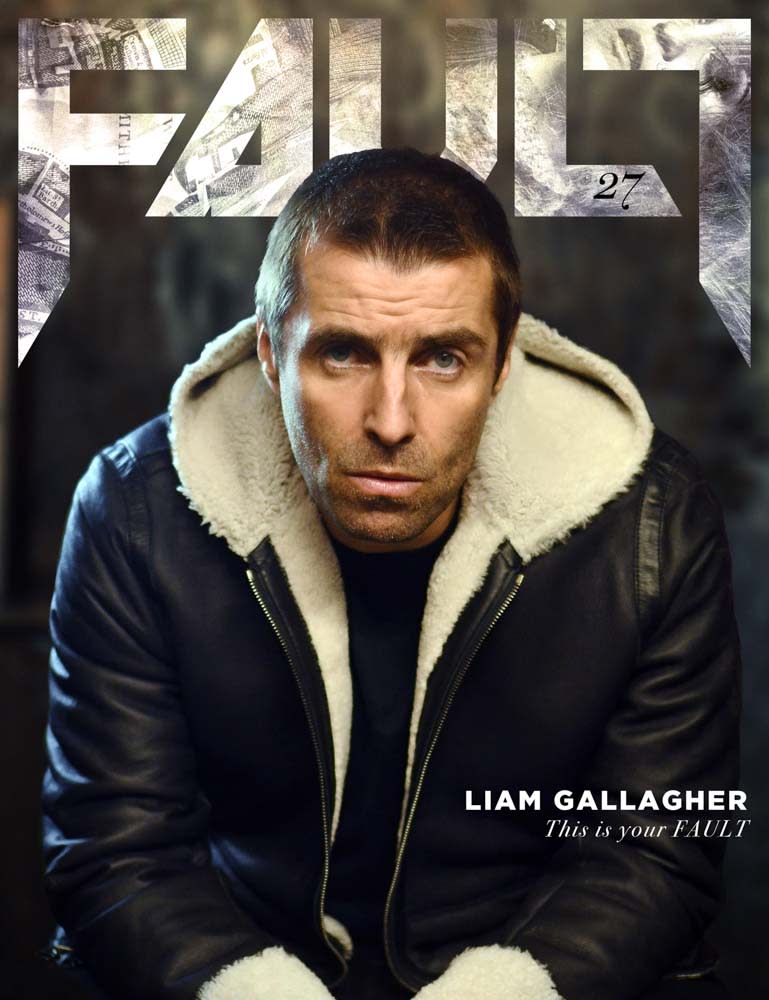
See more of Jack Alexander’s work at jackalexanderphotography.co.uk, built using Format.
